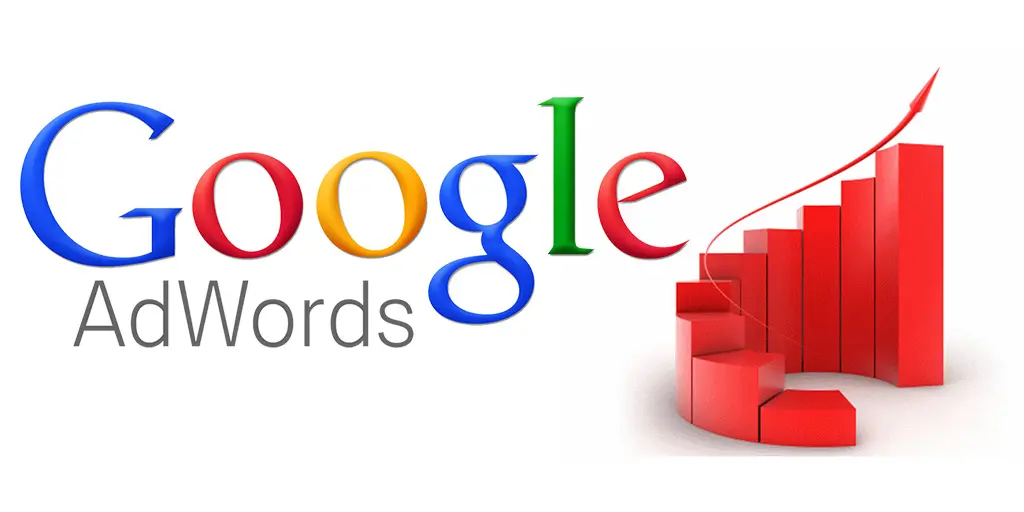
Busting the Top 3 Google AdWords Myths
Top 3 Google AdWords Myths: Discover the truth behind misconceptions about budget necessity, immediate results, and keyword targeting to optimize your ad campaigns effectively.
With the ever-buzzing online advertising field, Google AdWords acts as having their client’s targeted audience, leading to conversions.
Nevertheless, despite the popularity of YouTube advertising, several myths about YouTube advertising have emerged that need to be more accurate to advertisers and may decrease the effectiveness of their campaigns.
This article will discredit the three most prevalent Myths about Google AdWords and illuminate the actualities that brew excellent online advertising.
What Is Google AdWords?
Google AdWords is one of the world’s biggest online advertising platforms that allows businesses to expand their business and connect with customers all over the globe.
In this context, the advertisers pay Google to direct and deliver their ads to those of its users who want the products or services while using keyword search by country and device type in this pay-per-click network.
Explore 10 Google Ads bidding strategies to enhance your campaign performance, from manual CPC to automated bidding options that maximize conversions and ROI.

Top 3 Google AdWords Myths
The following myths will make it possible to meet your business objectives and maximize your AdWords campaign, may you are an experienced advertiser or new to online advertising.
Myth #1: Nobody Clicks on Google Ads
One misconception that usually goes around the digital marketing circles is the emergence of an idea that users hardly click on Google ads.
Nevertheless, a quick dive into Google’s financials quickly debunks this perception.
Google is a public company, and this means that Google’s avenues of generating revenue are in the open, with AdWords serving as a keystone of its fiscal good fortunes.
Users alone click ads on Google Rack for $100 million each day.
Based on the WordStream data indicating an average cost per click of $1 to $2, this figure points to an amazing 50 million clicks per day. Such figures highlight that individuals are exposed to Google adverts regularly.
Another myth that needs to be debunked to take it away is understanding that Google is continuously engaged with experiments regarding the ad’s look that will ensure ideal interaction with users.
Profit-driven by profitability, the search engine giant has strategically positioned ads in its results pages. This is the approach where the user’s attention is captured, and revenue comes from paid clicks.
However, the notion that users do not click on Google adverts is a myth and goes against the billions of dollars collected from AdWords.
Example Highlight:
For instance, a small business invests in Google AdWords to promote its products.
This stimulates immense website traffic and conversions in the online business, given that the users click on the well-positioned ads.
And when the myth is destroyed, one of its direct visible results is proof that ad clicks take effect in real life – all that advert receives essential inputs being reflected in business success metrics.

Myth #2: Other competitors can click my ad the whole day.
Advertisers’ concerns that competitors can intentionally click on the ads to exhaust the budgets and negatively influence the campaign’s performance is justifiable.
Nonetheless, some people disapprove of this, arguing that Google undertakes strong anti-click fraud and invests in advanced technology that shields advertisers from constant click fraud costs.
Google has developed powerful detection and prevention mechanisms for “click fraud” and “Invalid clicks.”
It is not about tracking IP addresses but considering the whole set of click-pattern attributes.
This leads to a system that successfully eliminates invalid clicks, and therefore, the advertisers’ ad spending is directed toward real user engagements instead of fake activities.
Also, Google gives its advertisers comprehensive feedback on the outcomes of an AdWords campaign.
These reports quickly flag any anomalies or chausses activities, giving advertisers transparency in case of dubious clicks.
They may directly come to Google for an investigation when a business suspects click fraud facts, for example, if there has been an unusually high number of clicks from outside a geographic area within the target market.
Google, importantly, pays for any approved doubtful clicks, which shows its dedication to a raw and honest ad way of doing things.
Example Highlight:
For instance, picture a market where competitors need help to take the first-page spot in the search.
Yet, a company using Google AdWords has constant performance measures and returns on investment despite worrying about click fraud by competitors.
Google’s detailed reports demonstrate the bona fide nature of clicks, refuting this claim while enhancing the case for the effectiveness of Google’s anti-fraud initiatives.
Myth #3: AdWords an outbound marketing strategy.
Usually, the paid advertising nature of Google AdWords puts it together with outbound or conventional marketing methods.
There is, however, a misconception about AdWords that masks its uniqueness.
On the other hand, AdWords is a classy system developed to display content exactly when their potential customers are searching for answers, information, solutions, etc., through Google but not the traditional outbound strategies.
This makes it one of the inbound marketing techniques that guarantee to rank highly on Google, a factor that differentiates it from the conventional outbound mechanisms.
To understand AdWords’s dynamics, one must appreciate that it hinges on Google’s potent search algorithm.
This means that business can afford their content to appear as the first thing once a user has initiated a search.
In contrast to the idea of a customary outbound method, AdWords presents itself as a medium of reaching out business to users in need of relevant information.
Example Highlight:
One myth-buster is a friend from Southern California who owns a company specializing in car wraps.
For instance, this business owner owns a web page for car wrap removal. Nowadays, if a user from New York searches for how to remove a car wrap, they will hardly wish to ship one’s car across the country for that.
This is why AdWords is brilliant. Through the platform, the owner can tell the detectors to show an ad promoting the page on car wrap removal only to searchers within a 60-mile radius and searchers in Southern California.
if you want to know more myth read the refractroi article.

Conclusion
Fraud, lies, internet rip-offs, and the other terrible things entailed with Google AdWords are loosely very common words in the online ad world that need cleaning up.
People click on Google ads – the company makes a lot of money daily. And if you are concerned about competitor ads clicking out of your budget, No worries! Google takes measures to ensure everything’s fair.
AdWords is also not just about getting the ads out; it assists businesses in ending up on the search results whenever people need something in particular.
Therefore, it is more of assisting individuals who require what you provide. Be open to testing Google Local Service Ads with danabak agency – They could become a great channel for local customer acquisition.








